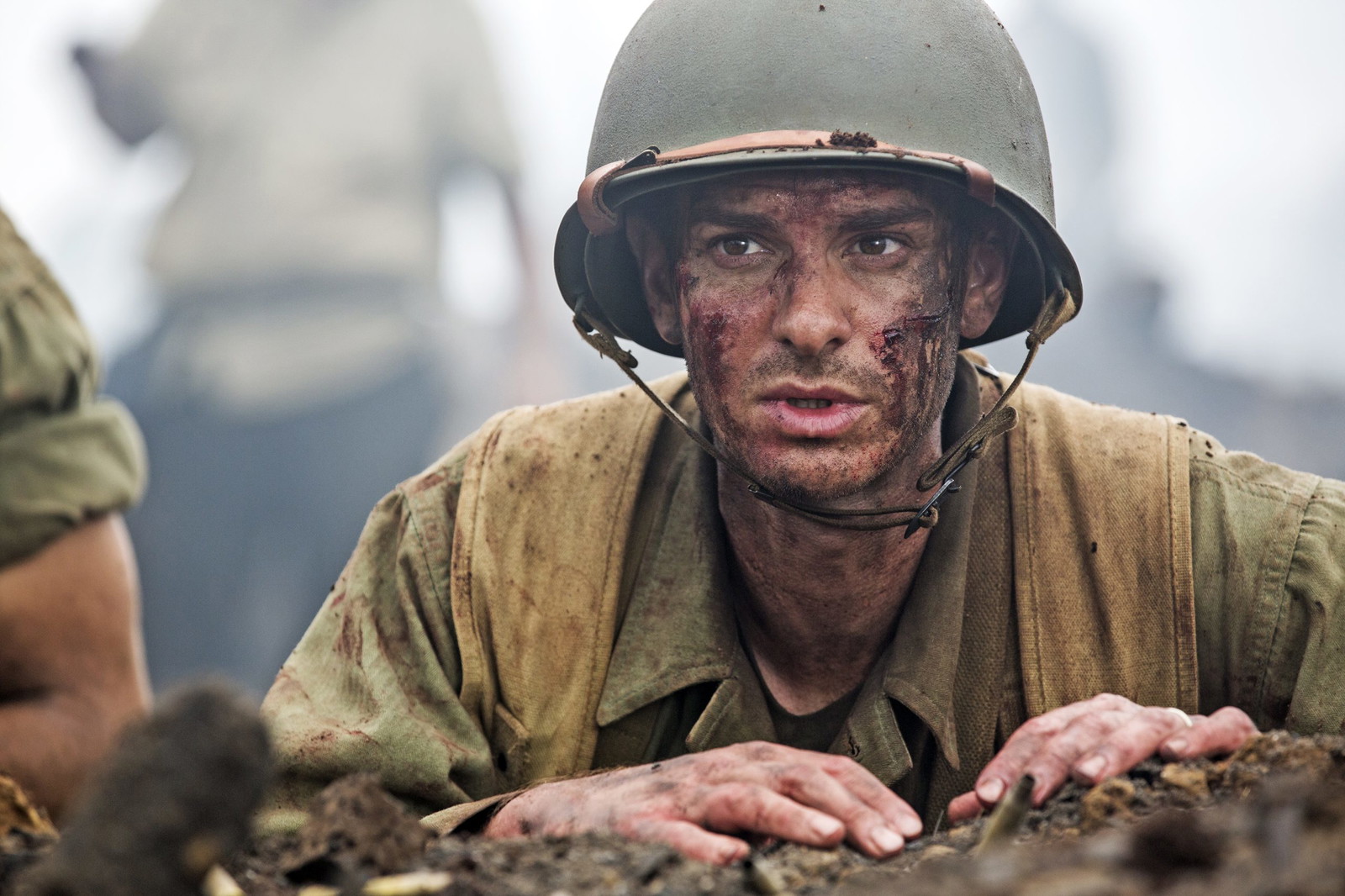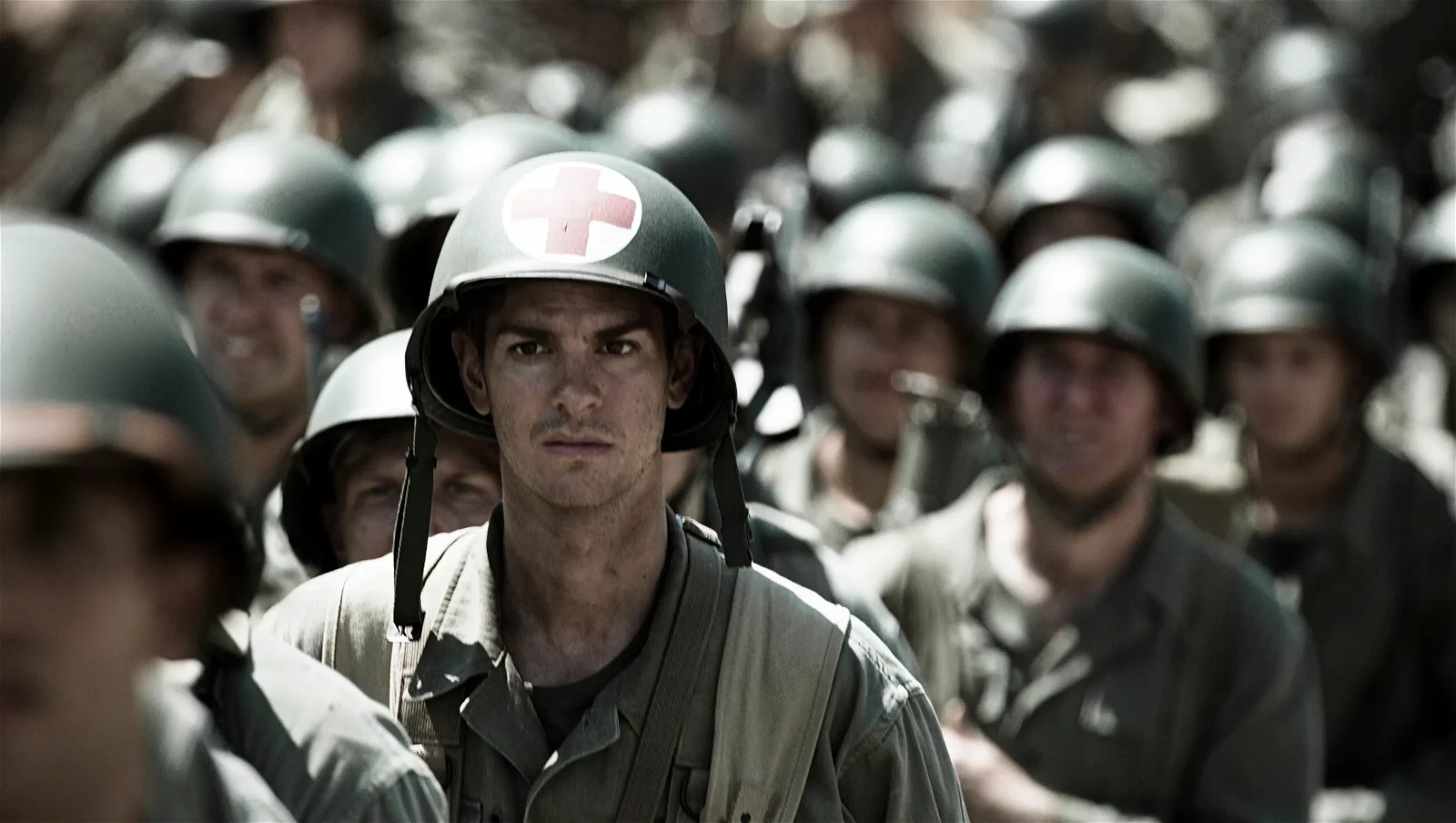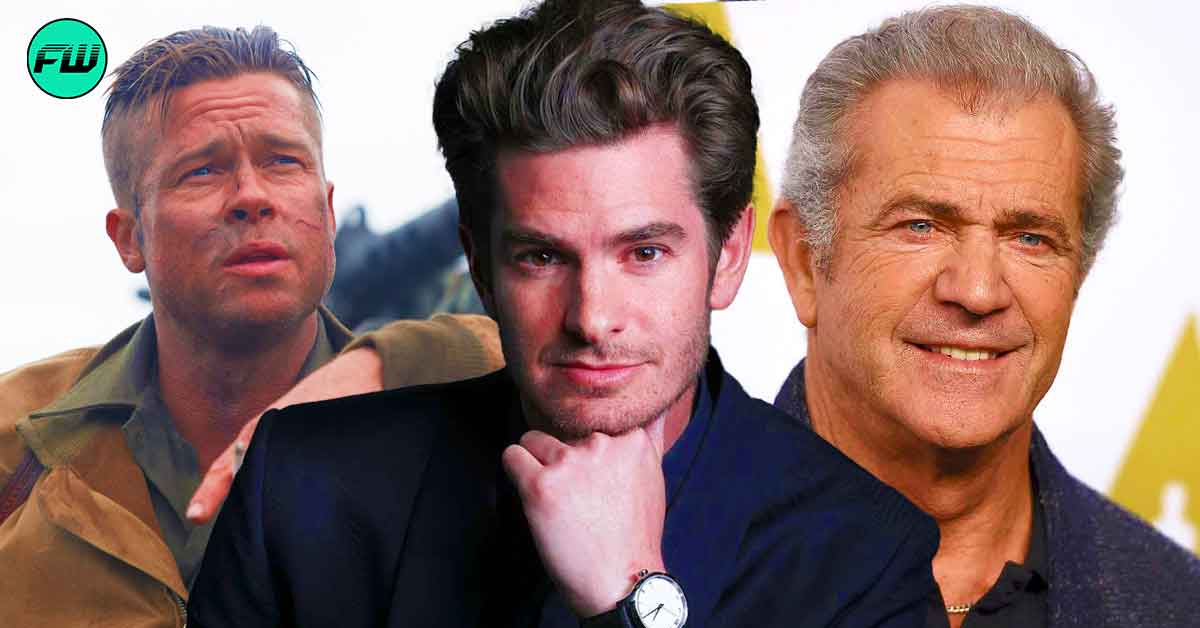Remarkably, James Holland, an authority on World War II, has recently praised Mel Gibson and Andrew Garfield’s critically acclaimed film Hacksaw Ridge. The 2016 movie is based on the true story of World War II veteran and pacifist Desmond Doss, who refused to kill despite serving his country.
The film was well-received by critics and audiences, earning Andrew Garfield and the director six Oscar nominations. Now that Hacksaw Ridge has won the approval of a renowned historian like James Holland, its historical veracity has been further established.
James Holland Breaks Down the Battle Sequences

World War II historian James Holland recently conducted an in-depth analysis of Hacksaw Ridge, examining the film’s historical accuracy concerning its depiction of the battle sequences. Holland discussed the movie with Penguin Books UK and highlighted several aspects that struck him, including the authenticity of the Japanese battle strategies depicted.
Suggested Article: “I barely identify as a human”: The Flash Star Ezra Miller Gives a Peek Into Their Troubled State After Claiming They Were Assaulted by High Profile Hollywood Execs
The historian praised the film’s accurate portrayal of Japanese soldiers charging at their enemies while yelling, a signature of Japanese military strategy during the war. Even more so, Holland praised the film’s accuracy to World War II weaponry, specifically the flamethrowers and spud guns featured.
One of the things that left Holland most impressed with Hacksaw Ridge was how well it captured the extreme violence of World War II battles. The film effectively captured the brutality and intensity of close-quarters combat, even though many engagements in the Western theater of the war were not fought in such conditions.

Holland found the film historically accurate, particularly in depicting the Allies’ use of heavy naval guns. Holland emphasized the American forces’ advantage thanks to offshore naval guns. He elaborated on the importance of securing the surrounding waters before the invasion could begin.
“I’d give it eight for both for accuracy and for excitement. I mean, it was a powerful part of cinematography. Everything looked right to me. The close quarter-nature of it, use of offshore naval guns, the grime, the dirt, the kind of unbelievable ultra-violence, the banzai charge, all that was in keeping with the reality. I mean, it must have been absolutely, completely terrifying.”
The naval guns bolstered the on-the-ground efforts of the soldiers with their massive firepower, hurling shells of significant weight and caliber over great distances. The film faithfully reflected the reality of combat during World War II.
Hacksaw Ridge‘s Enduring Legacy
The Mel Gibson movie quickly became a landmark in the history of motion picture war dramas, sparking ongoing debates among film buffs and historians. The imaginative scenes in the film, such as the soldiers’ terrifying first look at the ridge and the climactic battle in which Desmond rescues the last survivors, are rooted in historical accuracy.

It won Academy Awards for Best Editing and Best Sound Mixing thanks to its meticulous attention to detail. Holland’s observations strengthen the authenticity and credibility of the film. The grim and violent atmosphere of war, as depicted in Hacksaw Ridge, is a major factor in the film’s ability to evoke strong feelings.
The film’s reputation and praise for its depiction of battle sequences have already been established, and historian James Holland’s endorsement only adds to that. The fact that Andrew Garfield‘s Hacksaw Ridge has become so widely recognized as a classic of the war film genre is a testament to the emotional and intellectual power of the film.
Hacksaw Ridge is available to stream on Amazon Prime Video.
Source: Penguin Books UK

